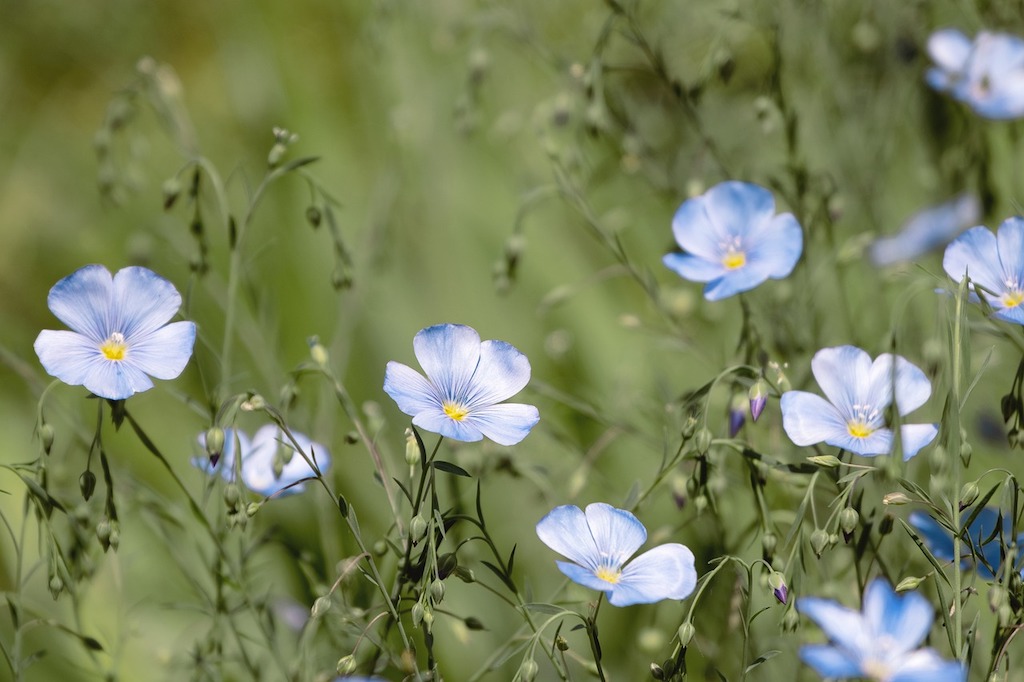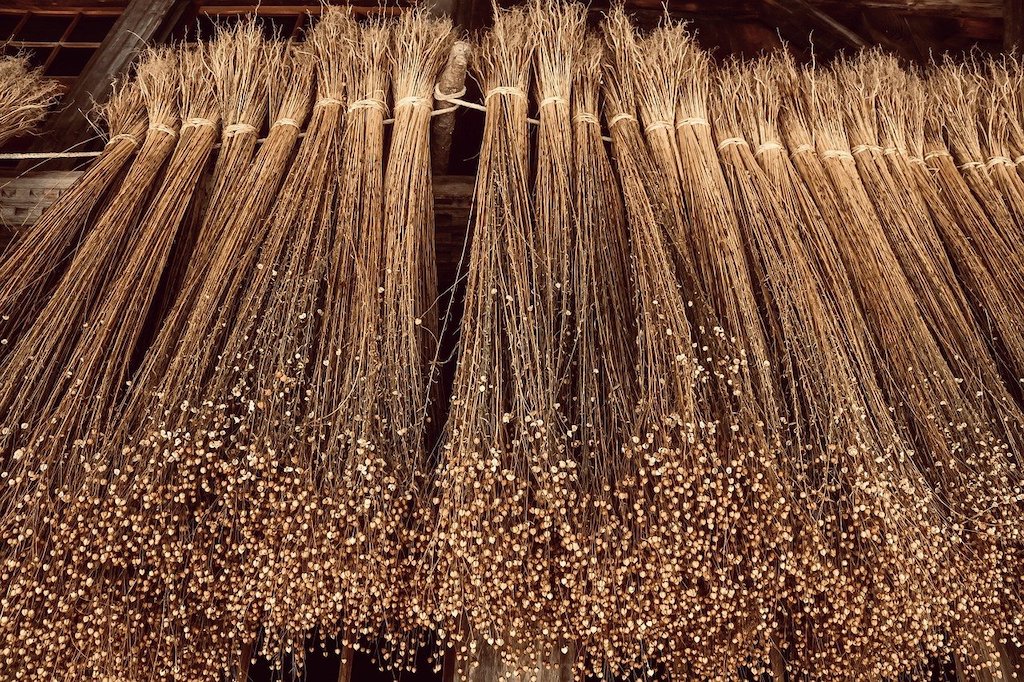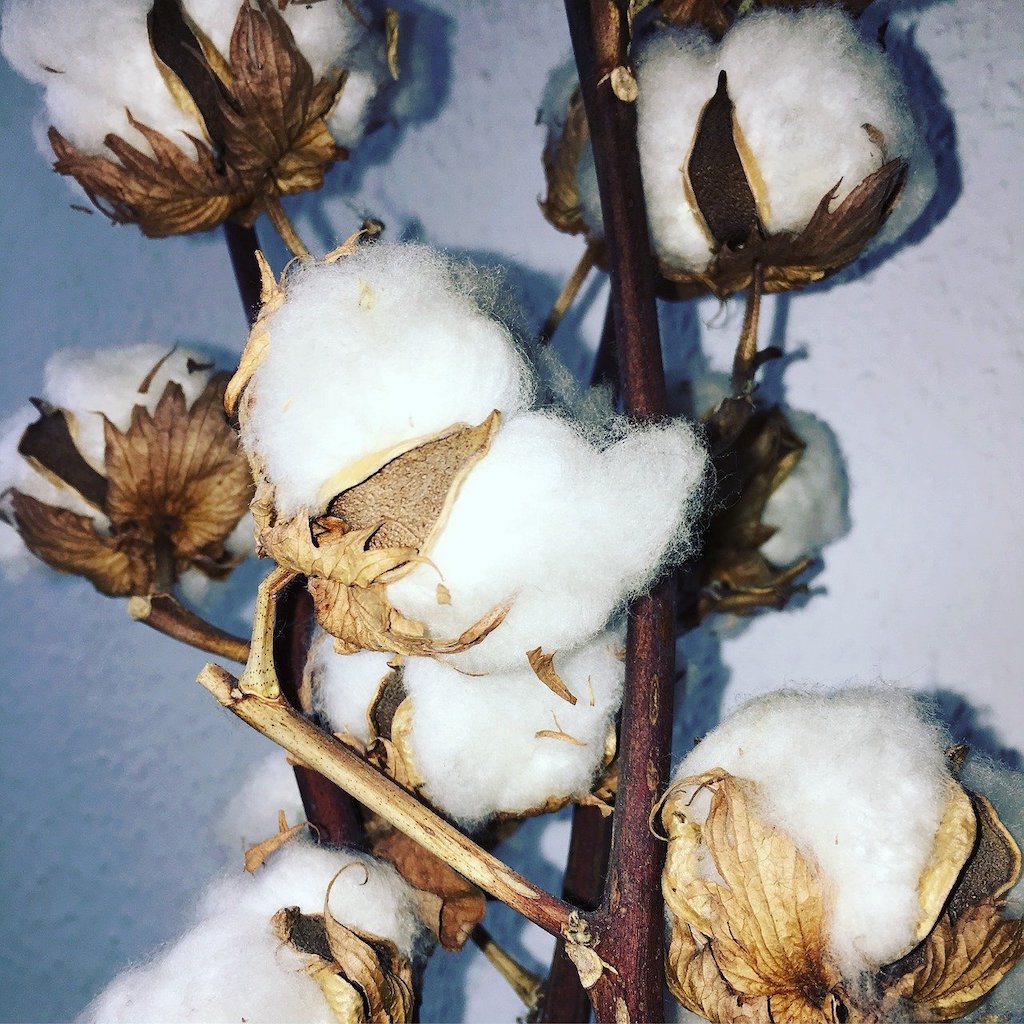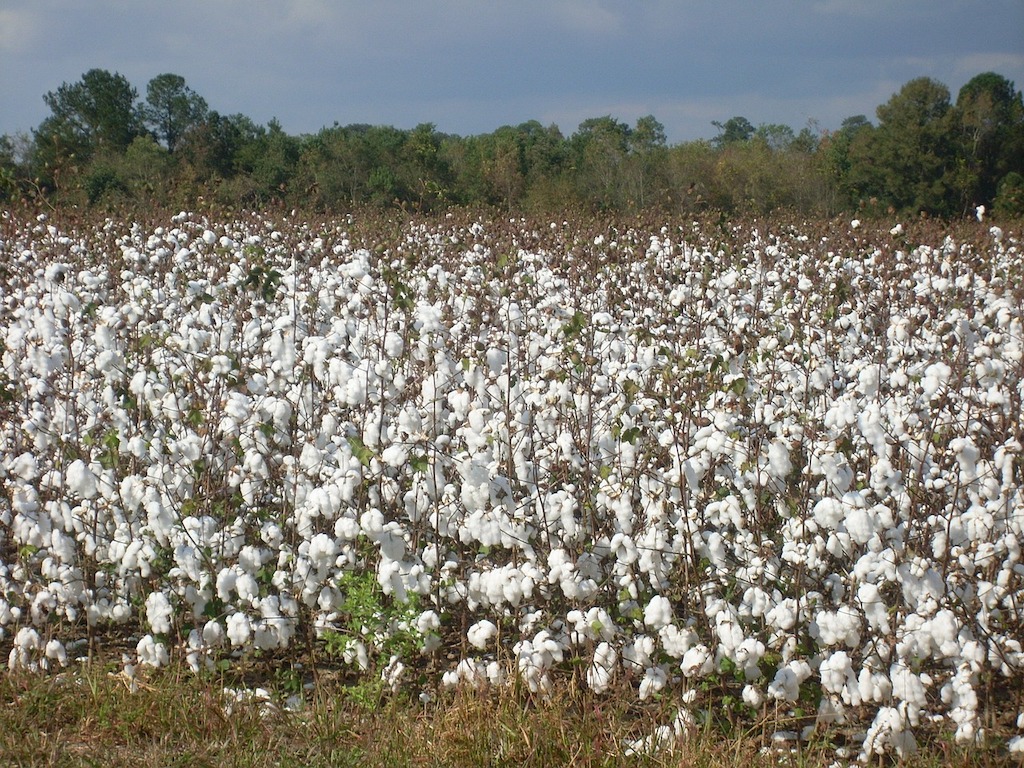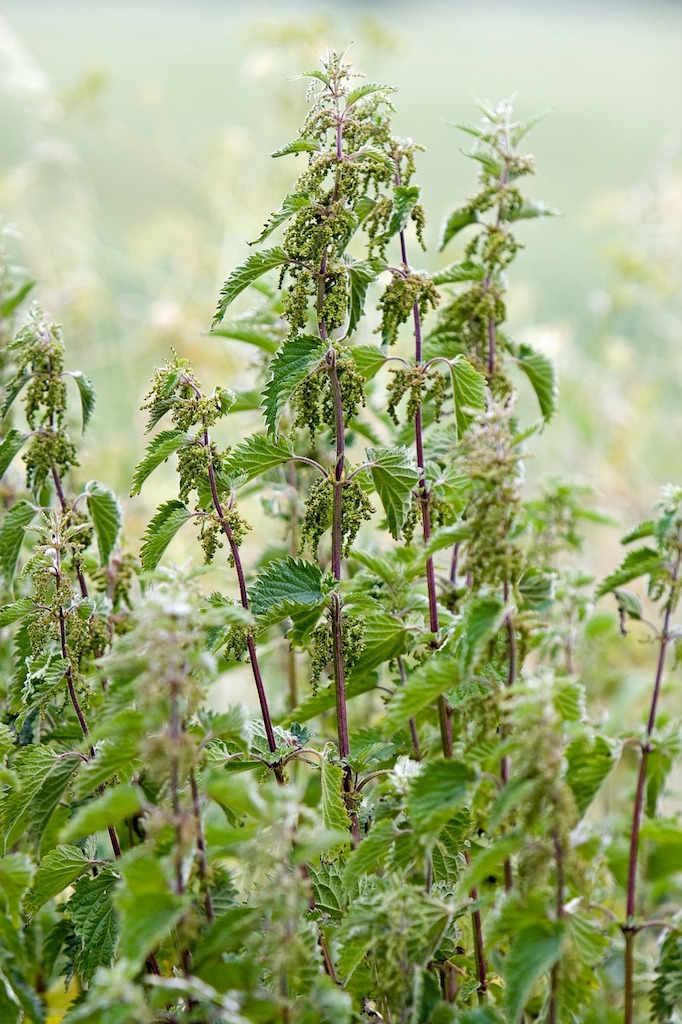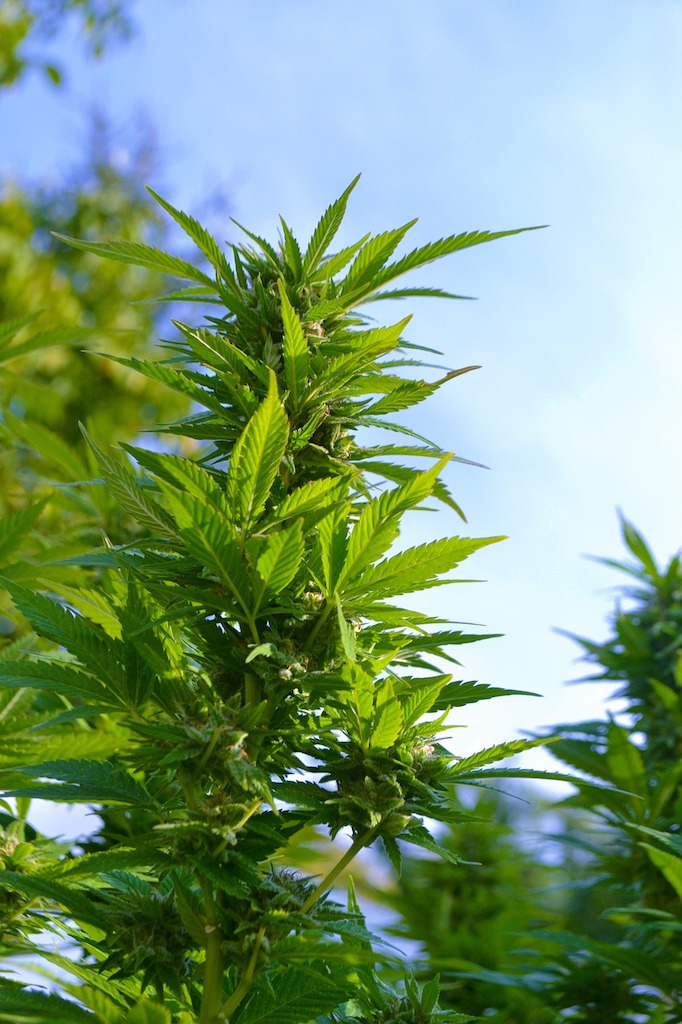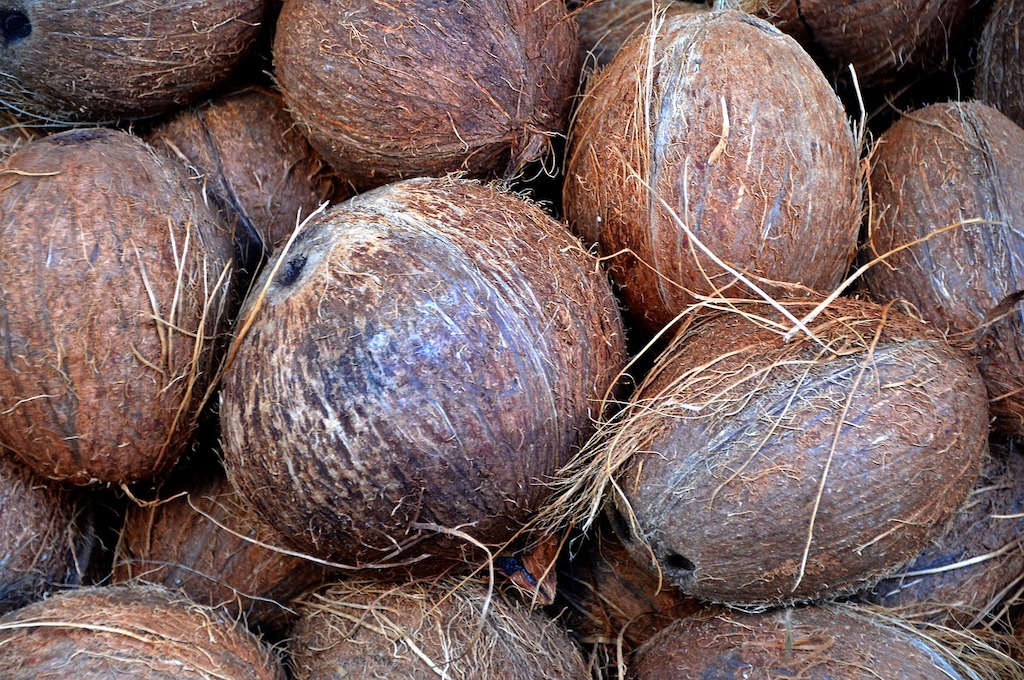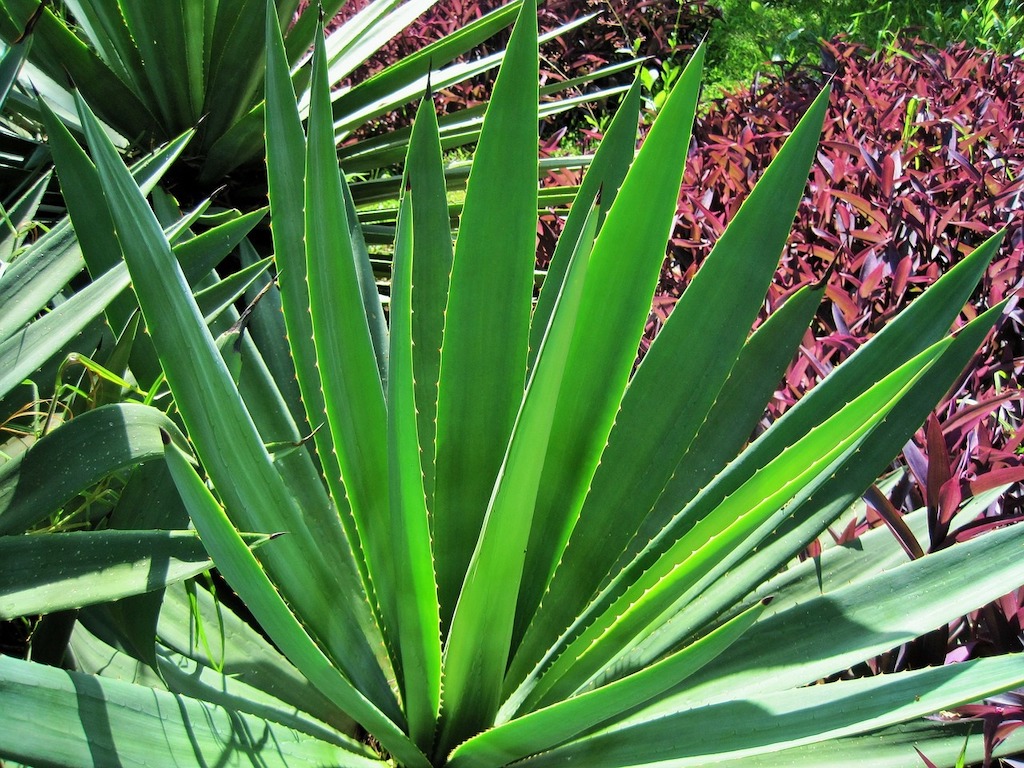What are Essential Oils?
Essential oils are all around us and anyone, who has ever stopped to sniff at the roses has experienced them directly. Essential oils are aromatic compounds of plants, which not only occur in the flowers but may also be found in the leaves, roots, or seeds. Interestingly, essential oils that derive from the same plant, but from different parts of that plant can have quite different scents and very different properties.
Although they are collectively known as ‘oils’, essential oils are chemically very different from fatty oils (such as olive or almond oil). Chemically, essential oils belong to the huge family of terpenes, which are ubiquitous in the plant world. Terpenes are very complex and some form enormously long-chained molecules. Most essential oils tend to have a rather shorter sequence, known as monoterpenes and sesquiterpenes, or form ring-like structures called ‘benzene rings’.
Biologists think of essential oils in terms of their function – they regard them as ‘the chemical weapons’ of the plant world: they repel insects, or fight bacterial or fungal attacks. They may also play a part in the ‘sex-life’ of a plant, acting as ‘plant pheromones’ that are supposed to attract and seduce their pollinators.
Those of us, who see plants as living beings, rather than as chemical factories or sources of raw materials, consider essential oils as the fragrant essence of the plant’s soul. Their ethereal nature, concentrated as scent, is the means by which plants communicate with the world around them.
In human anatomy, the olfactory center is situated in the oldest part of the brain, which has its seat in close proximity to the area that stores emotional memories and instincts. Scents speak to us on a pre-verbal and non-rational level, which is why our reactions to them tend to be so instinctive. This explains why perfumes can be so effective in attracting the opposite sex, or why certain smells can conjure up such intense emotions and memories.

Medicinal and Therapeutic Properties of Essential Oils
Medical professionals are more interested in the therapeutic properties of essential oils – many oils show antibacterial, fungicidal, relaxant, stimulating, antidepressant, and other effects that have been utilized for thousands of years. But some years ago, essential oil research has given rise to a form of therapy known as Aromatherapy, that relies solely on the use of essential oils.
Aromatherapy offers a very holistic approach since it can affect the mental, emotional, and physical well-being, and a skilled aromatherapist will take all three into consideration when blending their oils.
The specific oils are usually delivered via a massage, but a client may also be instructed to use an oil diffuser or other application to benefit from the scent.
Nowadays, Aromatherapy cosmetic ranges are available for various skin types and conditions. But this practice has become a bone of contention with regulators since fragrance components are regulated under different rules than therapeutic agents.
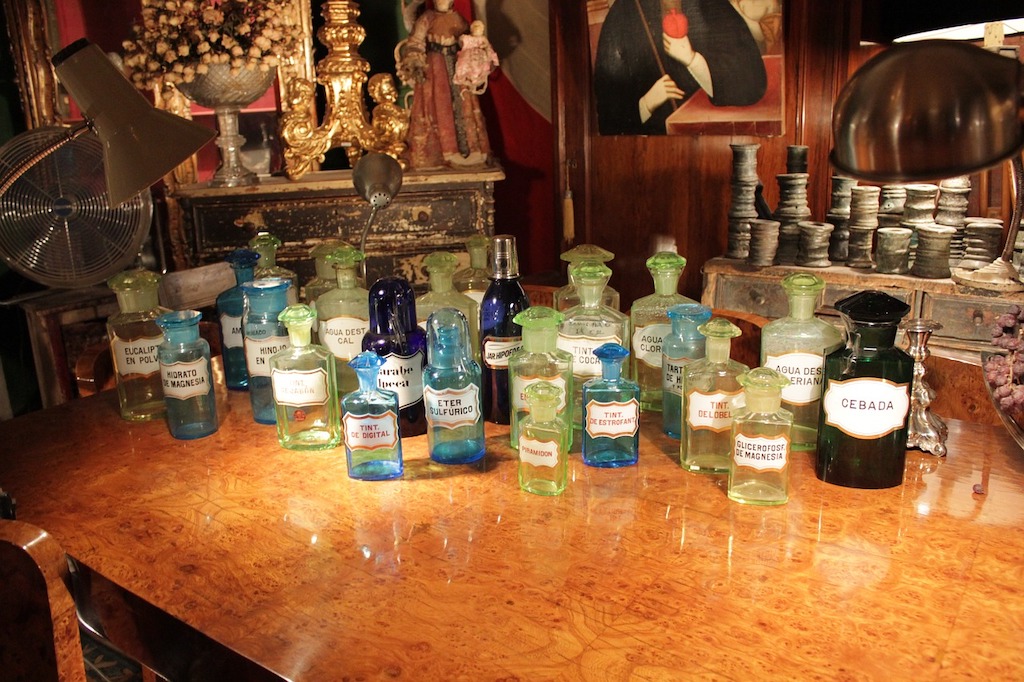
Ancient Origins of the Uses of Scent
The origins of Aromatherapy date back to ancient Greece, Egypt, and India. Archaeological remains of ancient stills and perfume vials have been found in Egyptian tombs. In the ancient world, fragrances were very important. Long before people had figured out how to capture the ethereal scents of plants, they burnt fragrant resins, roots, and seeds to perfume themselves or to make fragrant offerings to the Gods. The word ‘perfume’ literally means ‘through the smoke’.
It was believed that the Gods derive their nourishment from the scents that were sent to heaven in the form of incense. To burn incense was to honor the Gods and to invite their benevolence and protection. To neglect the ritual of incense burning meant the abandonment of the Gods.
When essential oils were discovered, they were at first primarily used as perfume. Good scents delight the Gods. But just where and who first discovered the art of perfumery is lost in history. There are references to perfumes in the Bible, but they are not the oldest by any means. There are also Babylonian and Sanskrit references, but the most ancient actual archeological evidence has been unearthed in Cyprus at a site that dates back to the Bronze Age. The huge site, that covers about 4000m2 indicates that perfumery was practiced here at an industrial scale.
The Egyptians were also masters of the art and scent was part of every aspect of their culture. (Some claim that this was merely to cover up the stench of rotting food or feces and that strong scents were used to cover up the stench. However, this may say more about our modern prejudice, and may not necessarily fit the ancient reality. It would fit the image of life in Medieval Europe, though.)
In Egypt, fragrant roots, barks, berries, and resins played an important role in their cult of the dead. Huge amounts of these special and precious substances were used to embalm the bodies of the departed royals so they would be well received by the Gods. Perfume vials were even placed with the bodies as funeral gifts.
How Essential Oils are produced
Essential oils are very volatile. They can evaporate at room temperature. Some have a very low ‘flashpoint’, which means that they must be extracted very carefully so as not to lose some of their complex aromas, or causing an explosion.
Essential oils are soluble in both fatty oils and in alcohol. they are usually captured by steam distillation. But some can also be cold-pressed.
Although essential oils are ubiquitous and occur practically in all plants and plant parts, the actual quantities they produce tend to be minuscule. Thus, vast amounts of plant materials are required to produce even small amounts of essential oils. Essential oils are extremely highly concentrated and their power should never be underestimated.
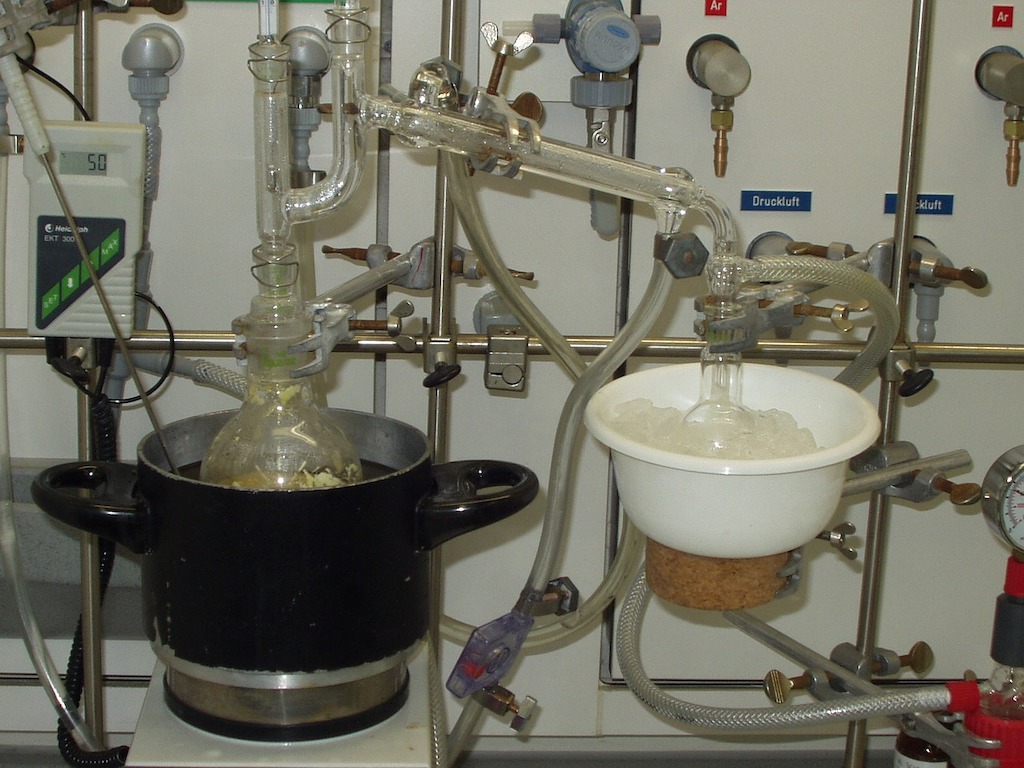
Extraction methods
Enfleurage
This is the oldest and simplest, but also the least efficient method of extraction. This method is particularly suitable for the fragile flower petals. In this method, the plant materials are macerated in a scentless fatty solvent base. It can be done as a cold or hot process. Heat facilitates the release of the essential oils, but it can also easily destroy them. In this process, a large glass surface is covered with a blend of the solid vegetable fat that has been mixed with the plant material. After three days the spent plant parts are removed and fresh material is added and macerated for another 3 days. The saturated fat is now called a ‘pomade’. To extract the essential oil the fat is ‘washed out’ with alcohol, which is then evaporated in the next step, leaving a pure essential oil behind. Some fragrant parts remain fixed within the solid fat residue which is sometimes used in soap making.
Distillation
This is by far the most common process of essential oil extraction. There are several different methods, although all of them basically involve heat and water. The more elaborate process is done by heating water and passing it as steam through a vessel that contains the plant materials. The steam causes the oil glands to burst and carries the volatile substance with it. A cooling coil is attached to the other end of the vessel, which causes the steam to condense and drip down into a collection vessel. The essential oil and the water separate and the oil, which has a lower density than water, floats on top and can be siphoned off.
The old alchemists used a similar but simpler method. They placed plant materials and water in the same vessel, which was then heated so that the oils would be released into the water. As the water heats up and turns into steam it is captured by the cooling tube, where it condenses and separates as in the example above. This is the oldest method of extraction and some sophisticated versions are still widely used.
The problem with this method is that the heat may be too intense, thus destroying some of the more fragile components of the essential oil, or worse, the kettle can run dry, which would burn the herbs. In the worst case, the still can crack or the resulting oil will smell burnt.
Flowers are almost invariably too delicate to be subjected to this process, as it destroys many of their aromatic components. Sophisticated technological advances have made it possible to distill at very low temperatures, repeating the process several times – a time-consuming process, which makes it expensive.
A byproduct of steam distillation is the so-called hydrosol (flower water): the distilled water, which retains some of the fragrance, is often used in cosmetics.
Solvent Extraction
Some essential oil components are extremely fragile, which makes it very difficult to extract them by distillation. In such cases, a solvent such as hexane is used. The hexane dissolves the essential oils as well as other extractable substances (e.g.wax and pigments). This solution is then filtered and subjected to low-pressure distillation, which produces a highly fragrant, waxy substance known as a ‘concrete’. The hexane has thus been ‘cleaned’ and can be used again.
In a further extraction process, this time using heat and ethanol, the concrete is broken down. The essential oil combines with the alcohol, leaving the wax behind. However, the resulting mixture still contains some waxy parts and other impurities and must be further purified and separated. It is a lengthy process involving freezing and agitating the mixture, which promotes the precipitation of the wax particles. The resulting oil is called an ‘absolute’. Most flower oils are produced by this process and are available as absolutes. But Aromatherapists don’t like working with them as they still contain some solvent particles and impurities. Perfumers are less fussy. They work with alcoholic extracts all the time.
CO2 Extraction
This is a newer method of extraction and much ‘cleaner’ than solvent extraction. CO2 is gaseous at normal pressure, but at high pressure, it transforms into a liquid. In this liquid state, it can be used to extract volatile oils. When the CO2 is depressurized, it reverts to its gaseous state, leaving no trace behind in the essential oil. This process has made it possible to extract oils from plants that previously had never been distilled. It is no possible to extract essential oils from calendula, coffee, or even rosehip seeds, to name but a few. CO2 extracts are more complex as it allows for more of the fragrant components of a given plant to be extracted. Some of the waxes are also extracted, often producing a rather pasty substance.
Potentially this is the cleanest method of extraction, although in some instances the plant material is first subjected to hexane extraction to produce a concrete, which is then processed using the CO2 extraction method. This method is often used in floral CO2 extracts, such as Rose or Jasmine. The equipment needed is also quite expensive, which is reflected in the price CO2 extracted oils.
Cold-Pressed Oils
This process can only be used for plants that literally ooze with essential oils, such as citrus fruits. Their peel is so densely covered with oil glands that mere pressure is sufficient to extract them. In this process, the peels of the citrus fruit, (e.g. orange, bitter orange, lemon, lime, mandarin, tangerine, and grapefruit) are chopped into small pieces and subjected to pressure, while simultaneously being cooled. (Intense pressure produces too much heat, which would destroy the oils). The resulting liquid is a somewhat watery essential oil. This hydrous component is the reason why cold expressed citrus oils don’t keep as long as other oils.
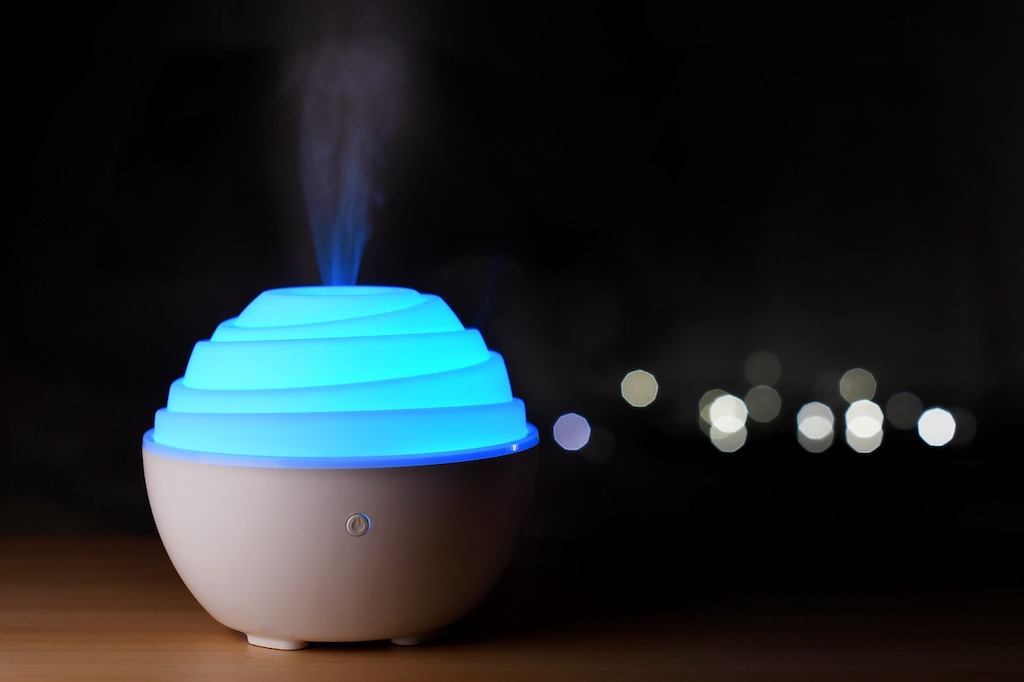
Uses of Essential Oils
Essential oils are used in a myriad of household products: as a flavoring in the food industry, and fragrance for cleaning materials, soaps, detergents, and cosmetics. At the higher end of the market, they are the foundation of perfumery. Unfortunately, many natural oils are replaced by synthetics – which are supposed to be aroma identical, but of course, are not. There is a chemical reason for this that is too complex to explain here. Suffice to say that man has just not yet been able to reproduce nature’s tricks. Although chemicals can be produced with much greater consistency than pure essential oils, they lack the complexities and depths of their natural counterparts.
The specific qualities of the oil vary depending on the growing conditions of the plants that are used, harvesting times, and the weather conditions that a particular batch has been exposed to – much like good wine, essential oils have a ‘vintage’. No two oils will ever smell the same.
Safety
Despite their widespread use, there are a number of safety concerns. Essential oils are very highly potent and some of their components may be carcinogenic, phototoxic, photosensitizing, or allergenic. Currently, there is a raging conundrum over ‘safe levels’ of certain chemical components within various products as well as over particular oils themselves.
This hysteria is due to the fact that scientists have a tendency to regard the action of component parts as equal to the sum total of all parts. In other words, it is assumed that if an oil contains a certain compound, say a ketone, which is lipolytic, mucolytic, and sedative, the oil that contains ketone as a component will also have these characteristics. But in real life, the sum total of the ‘component parts’ creates a unique synergy, which may or may not actually produces any of these effects. As essential oils are extremely complex compounds, containing both known and unknown components, it is impossible to judge their effects and safety from an analysis of its known parts alone. Another problem is the fact that essential oils are tested on animals with the assumption that the metabolism of rats and humans are sufficiently similar to draw parallel conclusions. While that is sometimes true, it is not always the case and some oils that may be toxic to rats can be perfectly safe for humans, or vice versa.
Certain precautions should always be taken:
- Use oils only in dilution, and, if you are unfamiliar with a particular oil and don’t have any experience with its effects on you (everybody reacts differently), use the skin patch test: dilute the essential oil in base oil and apply to a small area of the inner arm. Wait at least 6 hours to observe your skin reactions. If you notice any adverse signs (e. g. itching, redness, rash), do not use the oil.
- Some people may even be sensitive to diffused oils. If you notice any ill effects, e.g. difficulties in breathing, headaches, itching, etc. do not use the oil in an infuser either.
- Remember that a little goes a long way. Even just one drop of essential oil can contain the equivalent power of a kilo of its source plant.
- People who use essential oils professionally, e.g. perfumers or aromatherapists, or people who make their own cosmetic products should be especially careful:
- Keep essential oils well away from children or animals
- Work in a well-ventilated area
- Wear goggles (to safeguard against splashing)
- Don’t handle essential oils in the presence of naked flames,
- Before heating them to any degree take note of their flashpoint.
- Certain oils must be avoided during pregnancy and while nursing or if suffering from certain medical conditions (e.g. hypertension)
- Anybody who wishes to use essential oils for medical reasons should consult with a qualified aromatherapist.
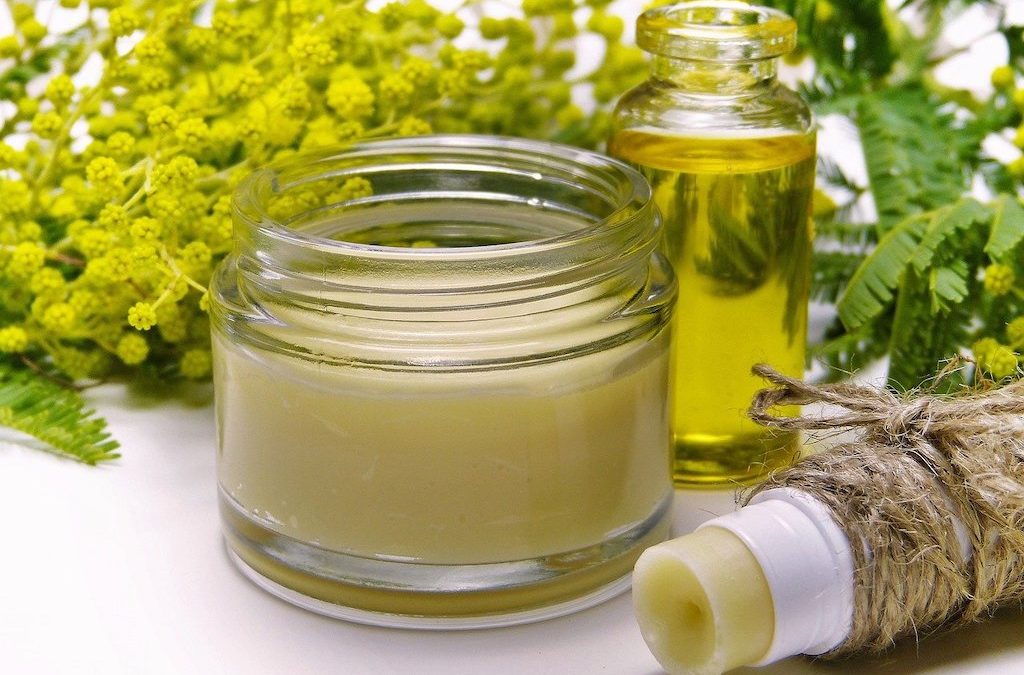
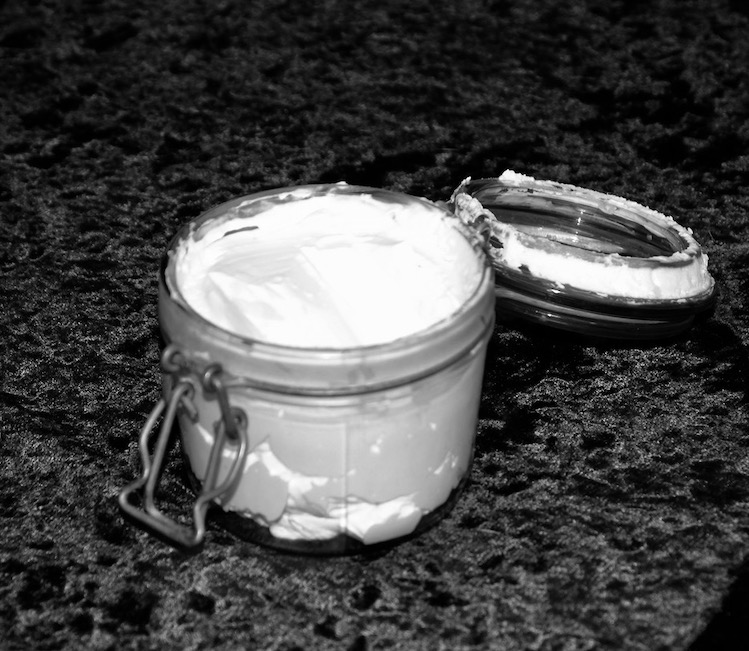
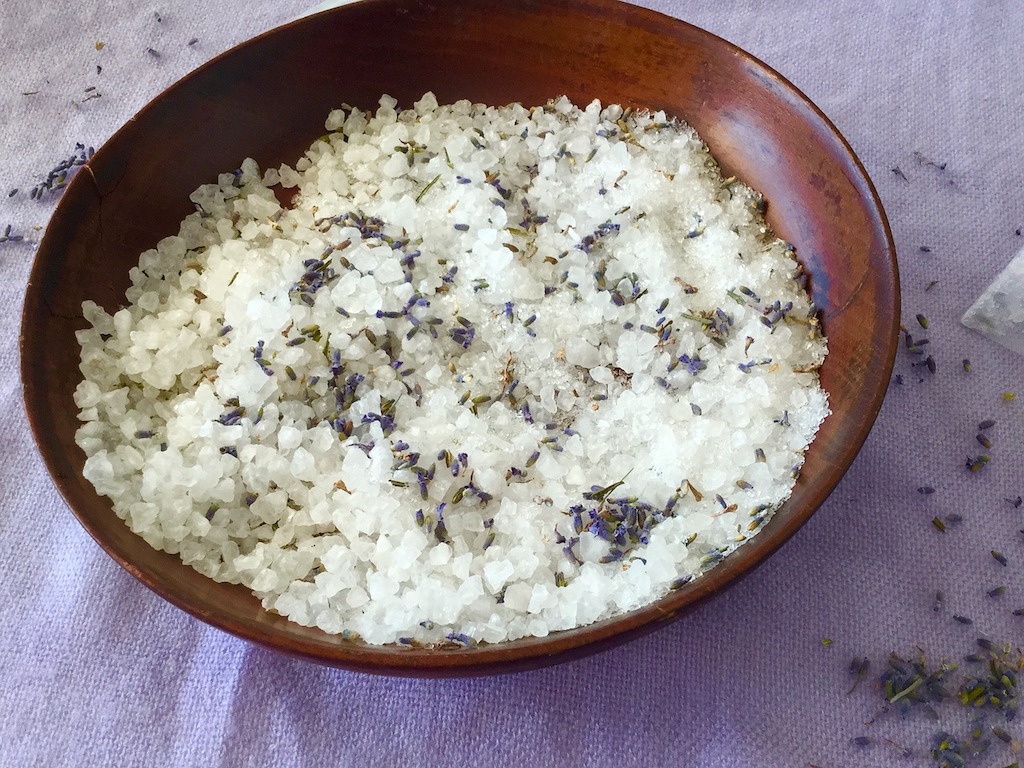

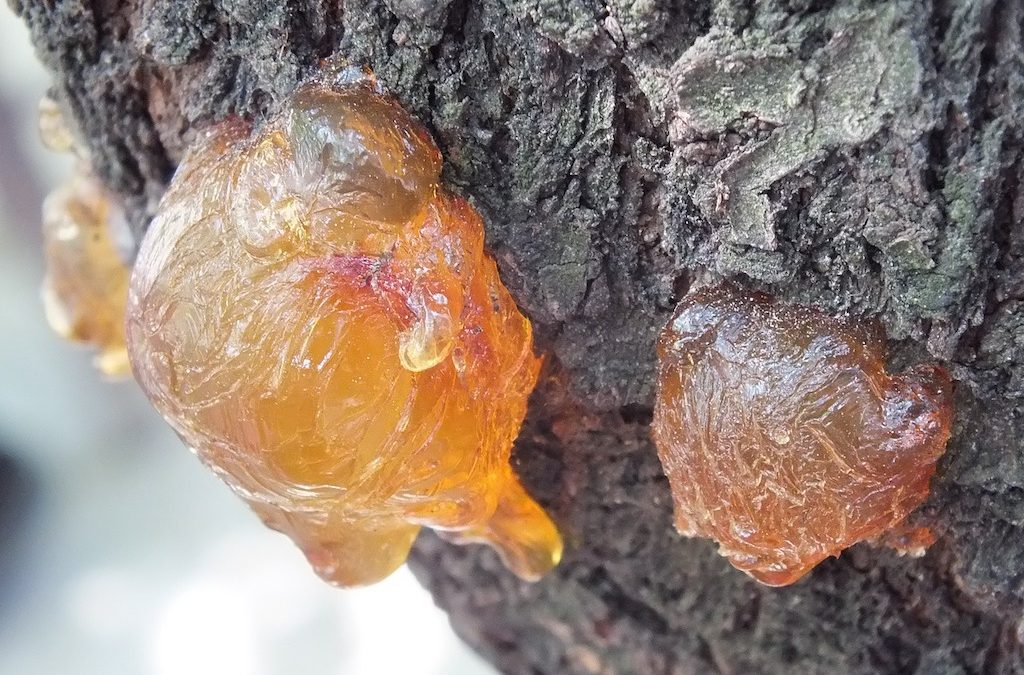

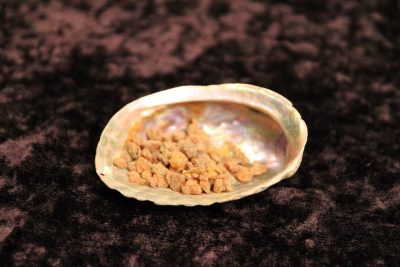
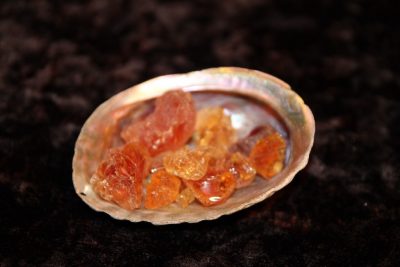

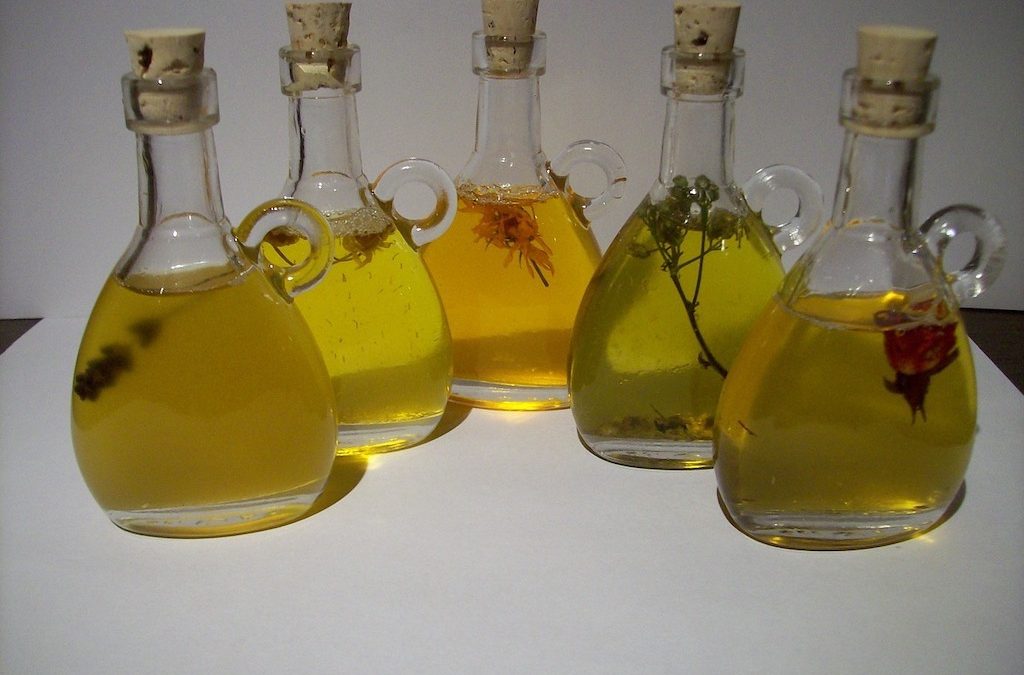


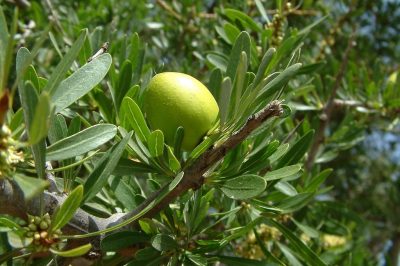
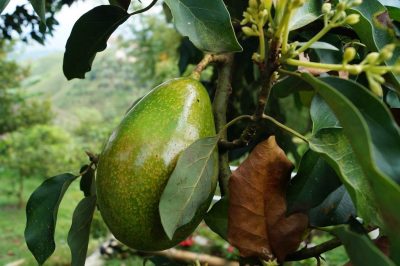
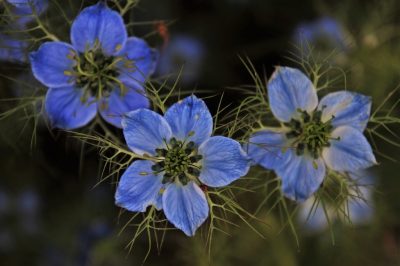
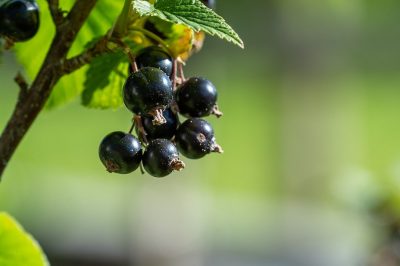
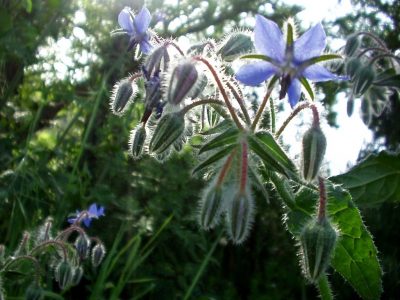
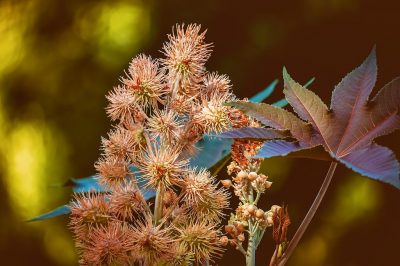
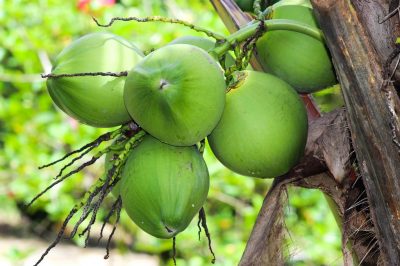
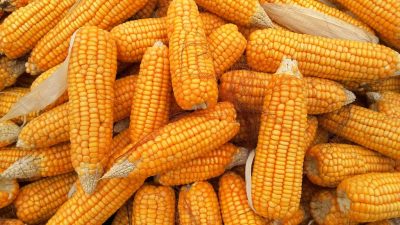
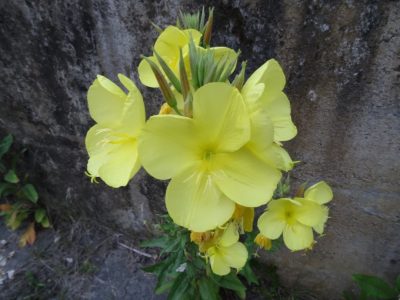

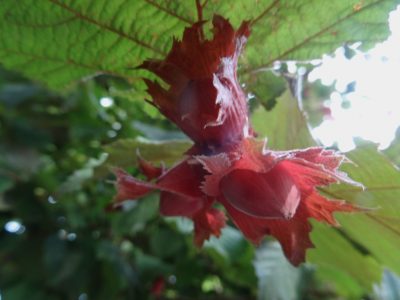
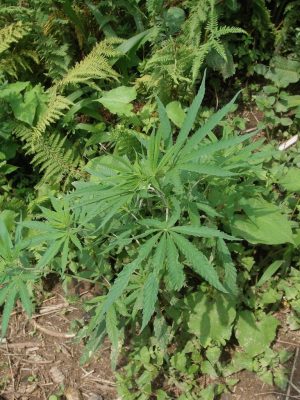

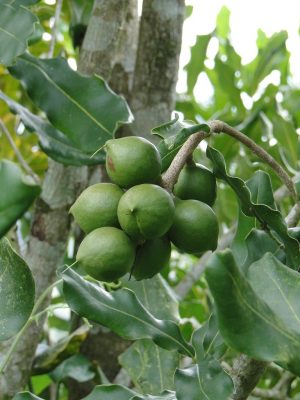
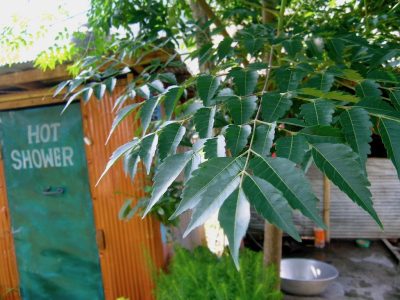
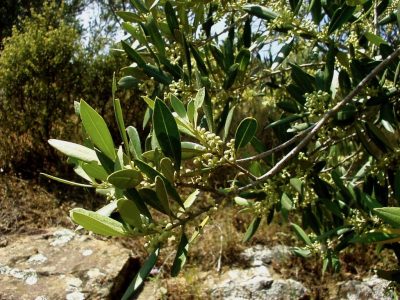
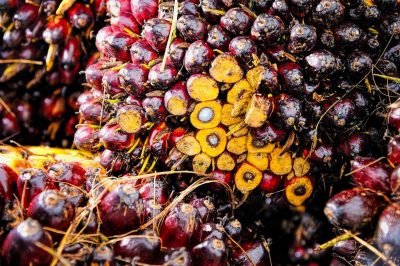
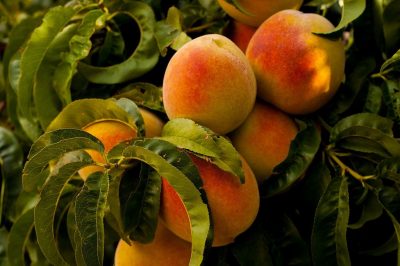
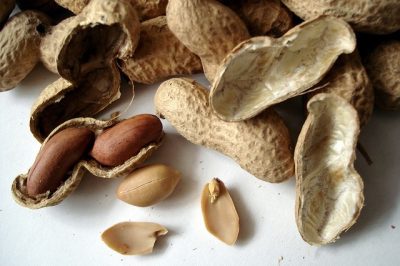
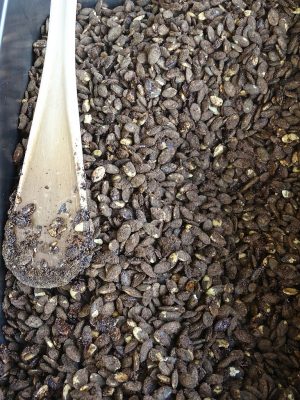
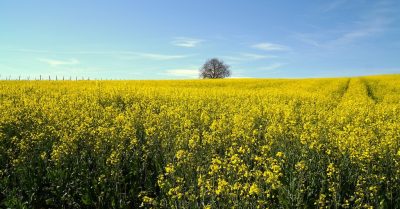
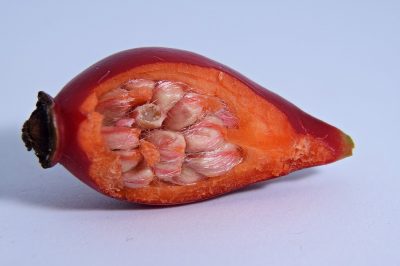
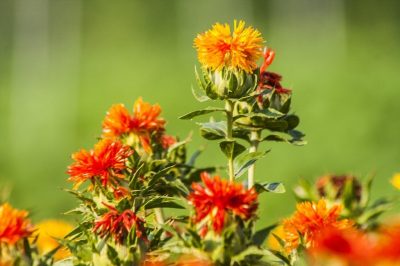
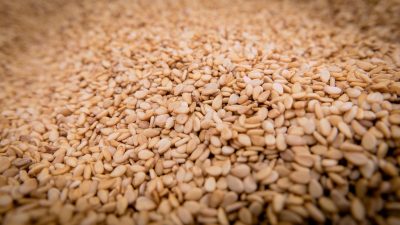
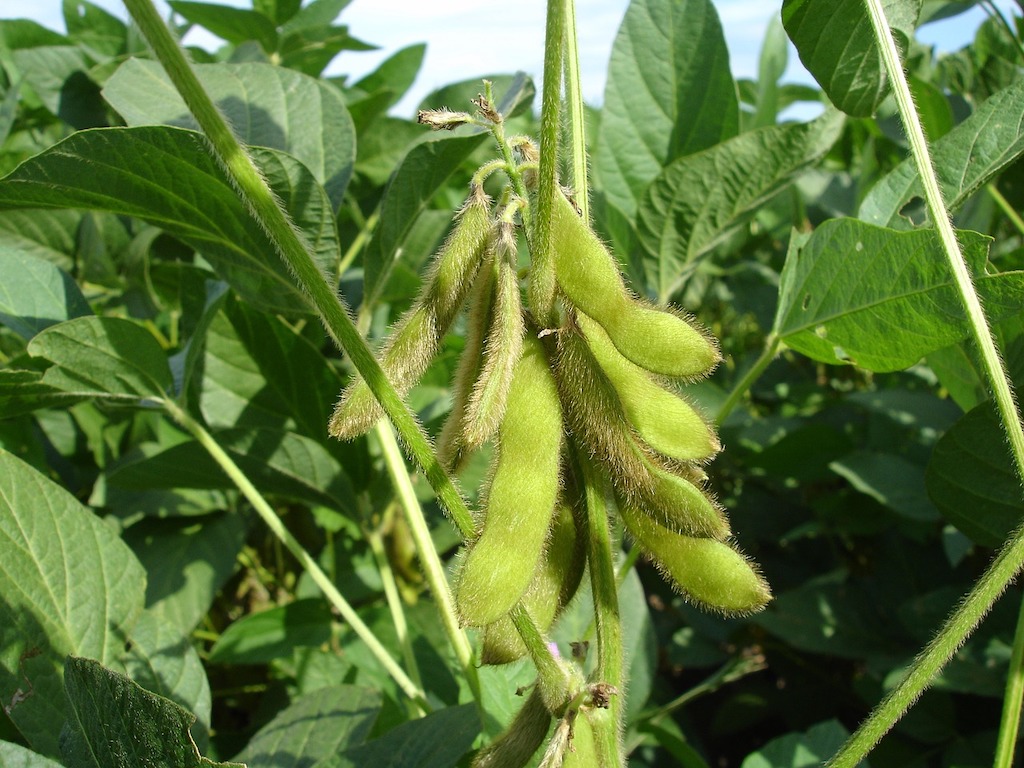
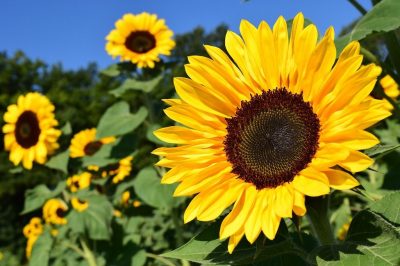
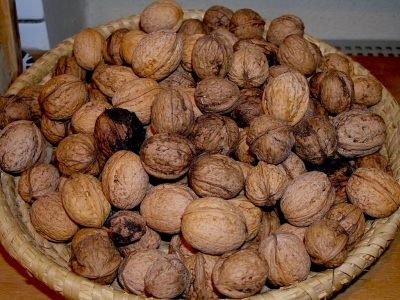

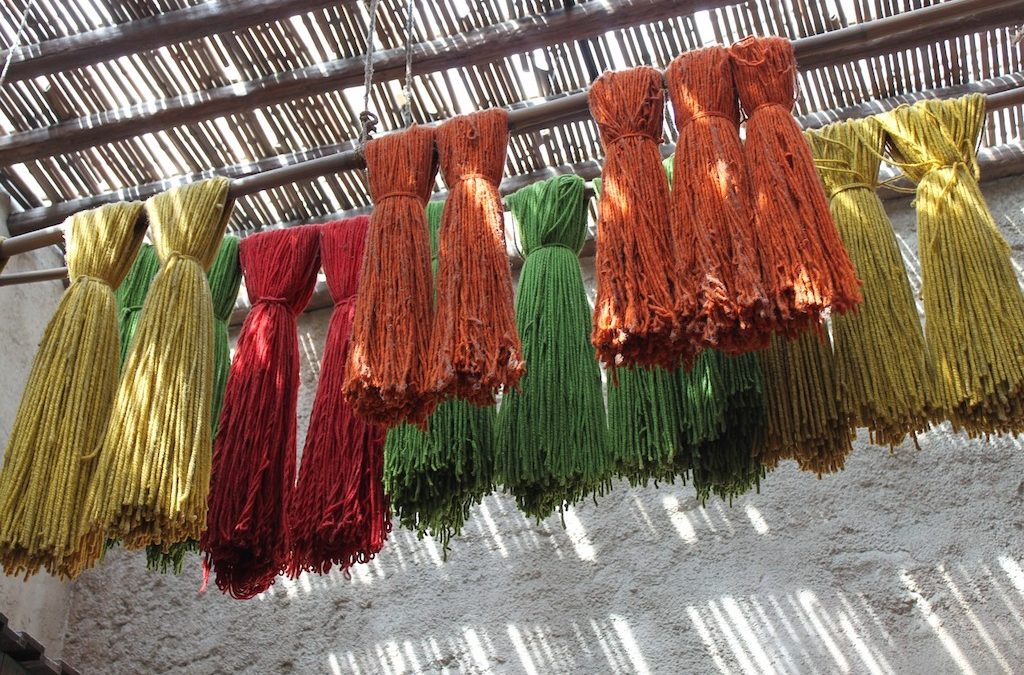
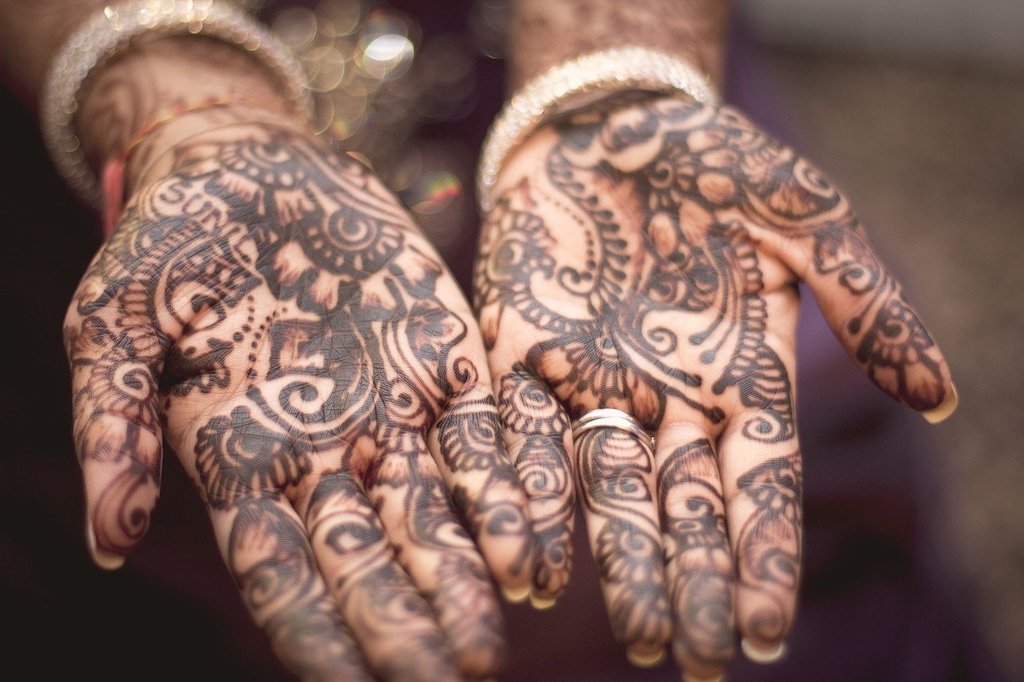
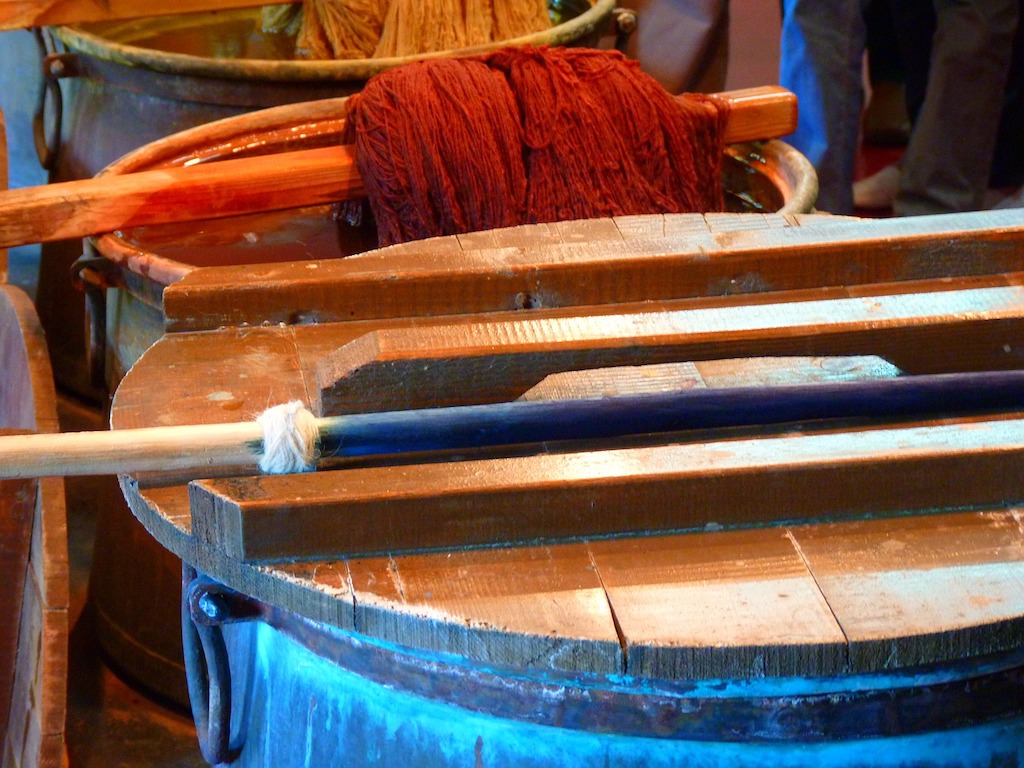

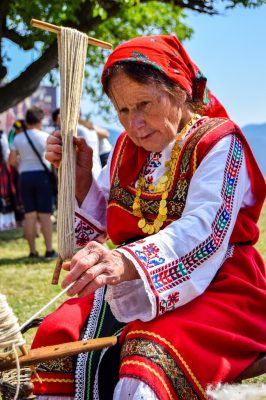 Deep within the womb of the earth mother, beneath the roots of the cosmic World Tree ‘Yggdrasil’, lies the abode of three old wise women. Known as ‘the Norns’, which means ‘the fates’, they govern the thread of life: Urd (Earth) spins it, Verthandi (Becoming) measures it, and Skuld (Fate) cuts it. No-one, not even the gods, can overrule them. Every soul that enters the world receives their personal thread. And with that, they are equipped and ready to weave their own little patch of the tapestry of life.
Deep within the womb of the earth mother, beneath the roots of the cosmic World Tree ‘Yggdrasil’, lies the abode of three old wise women. Known as ‘the Norns’, which means ‘the fates’, they govern the thread of life: Urd (Earth) spins it, Verthandi (Becoming) measures it, and Skuld (Fate) cuts it. No-one, not even the gods, can overrule them. Every soul that enters the world receives their personal thread. And with that, they are equipped and ready to weave their own little patch of the tapestry of life.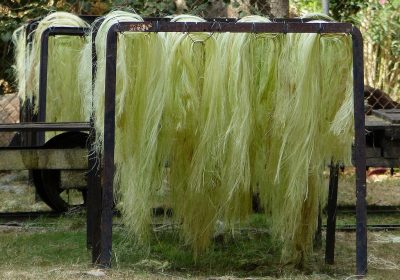 Collecting the plant material
Collecting the plant material